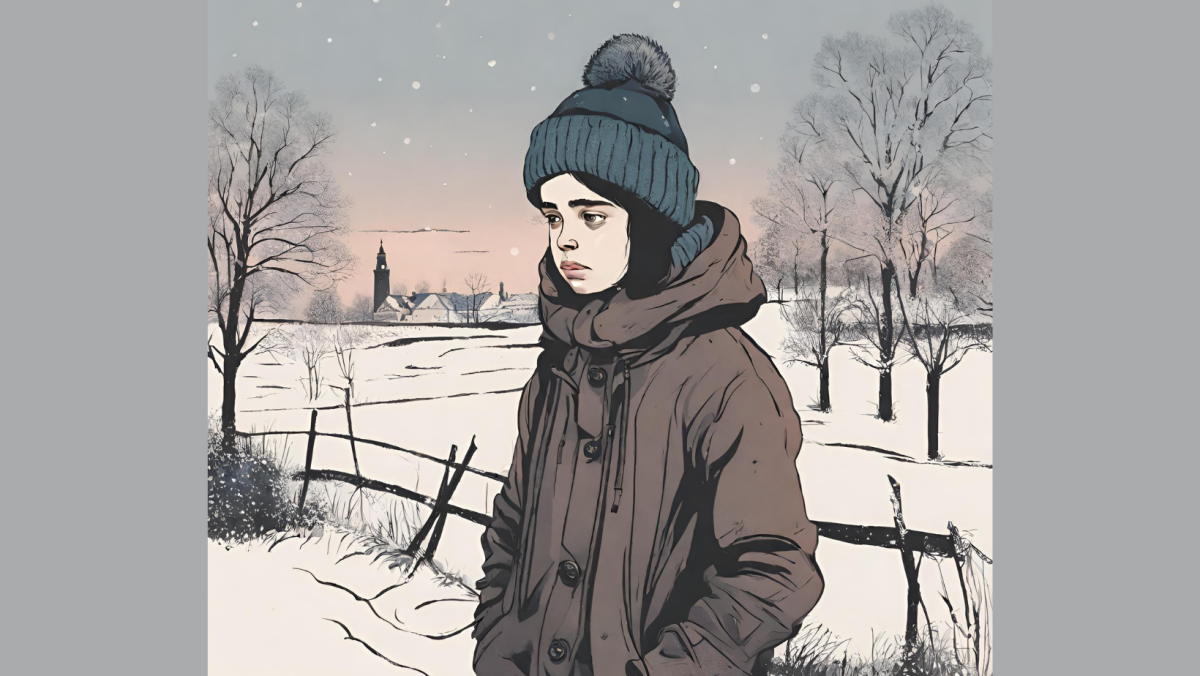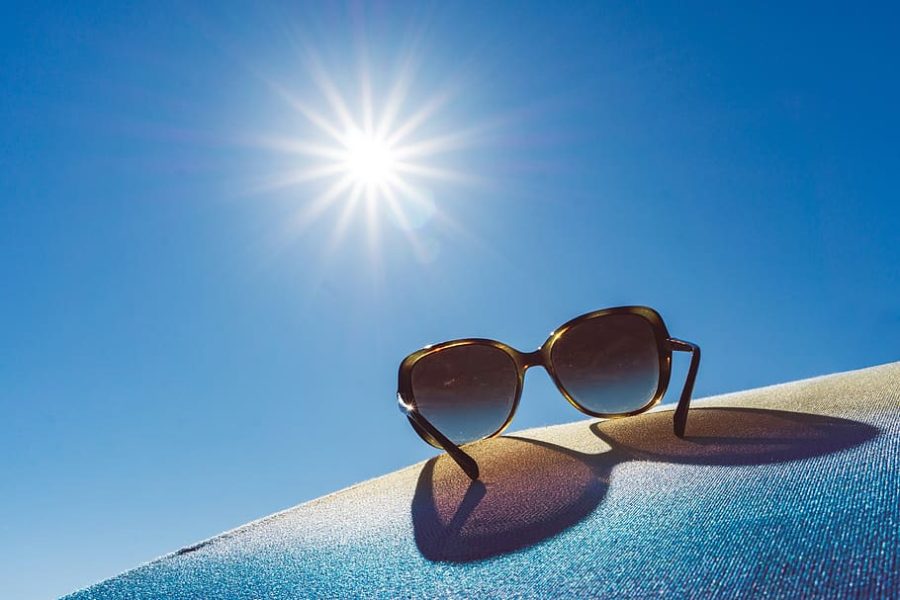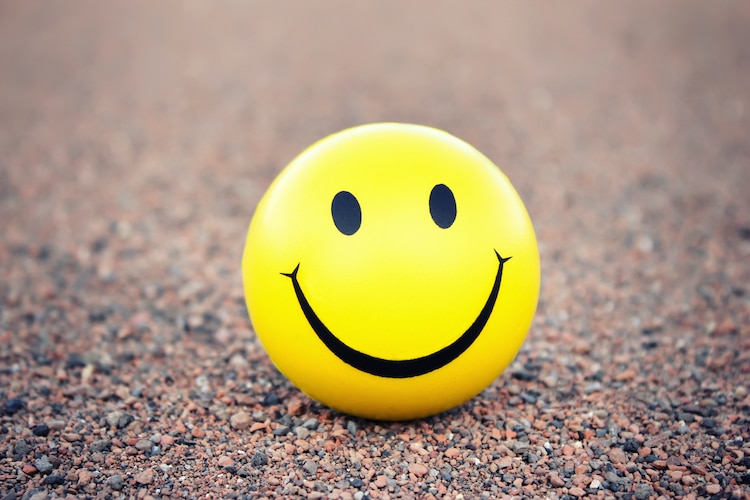Do you or someone ever feel sad during the winter months?
Seasonal Affective Disorder (SAD) is a common type of depression that occurs during season changes, specifically during summer or winter. Symptoms usually start during the fall or spring and remain for the rest of the season.
Common symptoms for SAD include losing interest in activities people enjoy, changes in appetite, feeling sad or down most of the time, low energy, trouble sleeping, feeling hopeless or insecure, and more. However, summer and winter SAD can have different symptoms. Fall or winter symptoms include oversleeping, weight gain, low energy, loss of appetite, while spring or summer symptoms include insomnia, weight loss, anxiety, and more.
Winter SAD is commonly caused by the decrease in sunlight, as the daylight starts to get shorter and shorter, the body’s internal clock can be disrupted and lead to feelings of depression. Daylight and nighttime hours during the change in the fall also affect sleep patterns and mood. It can also have to do with your family history, if someone has SAD, one of their family likely experiences it, too. It’s also common for people who live far from the equator due to the decrease of sunlight. The lack of Vitamin D is also a cause of SAD. Vitamin D is caused by lack of sunlight or not getting enough foods that contain Vitamin D.
Having SAD does not require a doctor or therapist, unless it gets to a certain point. SAD can get severe if not treated in any way or just depending on how much it affects you. SAD can lead to social withdrawal, school or work problems, substance abuse, anxiety, eating disorders, and in extreme cases, suicidal thoughts.
Although it can’t exactly be completely prevented, some people see treatment for it early on before it gets worse. It’s easier for people to seek treatment early on if they have previously experienced SAD. There’s also simple things people do at home to help them cope such as exercising, art, meditation, keeping to a well-balanced diet, listening to music, etc.
Even though a lot of treatment can go into it, seasonal affective disorder is very common, and it affects more than 3 million people per year. It’s also more common in females, people between the ages of 18 to 35, along with people who have been previously diagnosed with severe depression, ADHD, anxiety, or bipolar disorder.
But it can still affect anyone during the holidays. If symptoms start occurring to someone, there’s no harm in assuming they have SAD since it’s very common for all ages. It’s just best to talk to an adult who has experienced it or a therapist to help get it treated. It will get better as time goes on.







